
Physicians must understand current diagnostic criteria for pediatric migraine and its variants, and exercise their best clinical judgment regarding treatment.

Physicians must understand current diagnostic criteria for pediatric migraine and its variants, and exercise their best clinical judgment regarding treatment.
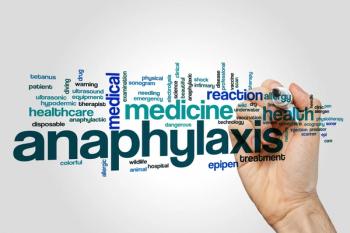
The American Academy of Pediatrics’ (AAP) has updated its Allergy and Anaphylaxis Emergency Action Plan for the treatment of infants at risk for an allergic emergency.
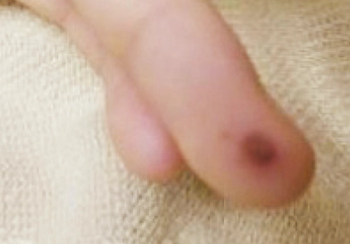
A 15-year-old Caucasian male with a past medical history of attention-deficit/hyperactivity disorder presents to the hospital emergency department with a 1-week history of fever, headache, arthralgias, vomiting, and rash.
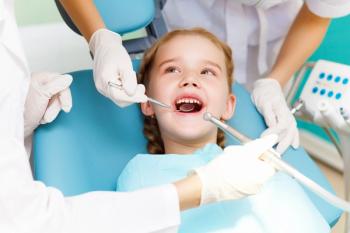
Oral health should be central to your patients' daily routines, but it's too often buried in a long list of priorities.

Healthcare providers must communicate to their adolescent and young adult patients the dangers of electronic nicotine delivery systems.
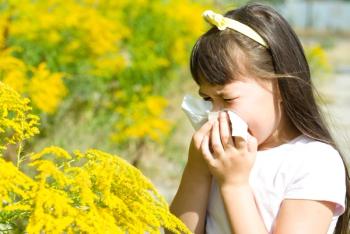
Many parents and professionals have these misconceptions about allergies and other unusual findings.

A 16-year-old boy develops a diffuse, rapidly progressive eruption on his trunk, face, and extremities 4 days after starting oral amoxicillin for presumed strep throat. He presents to the emergency department (ED) where Stevens-Johnson syndrome is considered. The ED physician notes no mucous membrane involvement.

A retrospective study of data from a regional community pharmacy chain in the Midwest encompassing 98 zip codes found that almost 1 in 8 new prescriptions for individuals aged up to 18 years went unfilled after the pharmacy received the prescription.

Exposure to acid-suppressive medications or antibiotics in the first 6 months of life is associated with development of allergic disease, according to a retrospective study in more than 750,000 children from within 35 days of birth until aged at least 1 year.
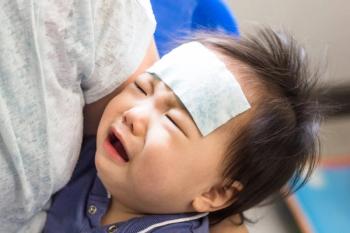
Investigators compared the accuracy of an American Academy of Pediatrics (AAP) practice guideline algorithm for diagnosing of urinary tract infection (UTI) in 2- to 23-month-olds with a new tool (UTICalc; University of Pittsburgh, Pennsylvania) that first estimates UTI probability based on clinical variables and then, if laboratory testing is performed, updates the estimate based on the results.

Two new studies quantify the negative effects of adverse events in childhood on physical and mental health issues in LGBTQ individuals.

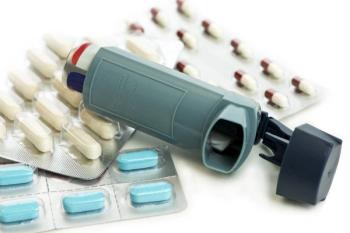
In children with mild-to-moderate asthma triggered by inhaled allergens, immunotherapy might be a good supplement to long-term medication use.

For Contemporary Pediatrics, Dr Bobby Lazzara looks at a cohort study published in JAMA Otolaryngology - Head & Neck Surgery that looked at risk factors following outpatient tonsillectomy.

E-cigarette marketing targeted at adolescents plays a significant role in the uptake of e-cigarette use, as well as the use of traditional cigarettes.

College students with a history of waived vaccinations often refuse to receive updated immunizations, according to a new report.
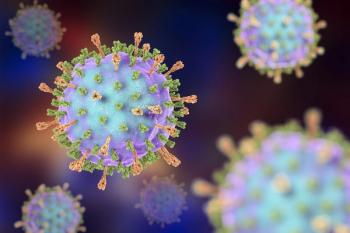
A third dose of the mumps vaccine for everyone-not just those in outbreak areas-may help combat a resurgence of the virus, according to a new report.

Homeless children face a multitude of problems, and clinicians have little guidance on the best ways to help them.

Trained volunteer cuddlers provide the magic of human touch to help preemies and convalescing newborns thrive.

Children who are overweight or obese are potentially at risk for developing diabetes, but there’s more to identifying prediabetes than just obesity.

Jon Matthew Farber, MD, shares more observations on office practice and some useful websites for patient information.
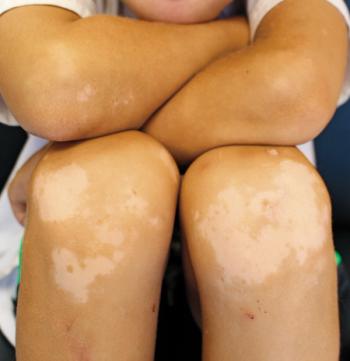
A 9-year-old boy presents for evaluation of white spots on his hands, elbows, knees, and legs. There is also a ring around a mole on his back. The patient’s parents first noted areas of depigmentation on his trunk and extremities, and his lesions have spread particularly in areas of trauma. The lesions were most noticeable in the summer when tanning increased the contrast between the involved and uninvolved areas of his body.
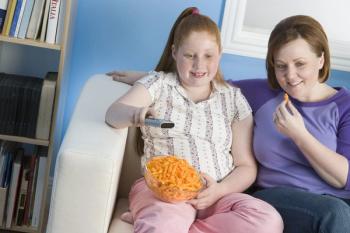
Pediatricians must do more to protect the next generation of children from the consequences of obesity before it’s too late.

Among a variety of generic titles, parents prefer being addressed as “Mom” or “Dad” rather than “Mommy/Daddy” or “Ma’am/Sir,” according to a survey of 137 parents of children being seen or admitted to a New York State children’s hospital.

An analysis of about 1590 stock photographs of sleeping babies found that infants often are not portrayed in a way that is consistent with American Academy of Pediatrics’ guidelines on infant sleep safety.

Youngsters who use social media for an hour a day or longer are likely to sleep for fewer hours than their peers who don’t use social media-and as media use increases, so does this likelihood.

Sports have long been linked to cases of sudden cardiac arrest in the young, but a recent report shows that obesity may play a larger role than activity.

Jane Mendle, PhD’s research at Cornell University in Ithaca, New York, investigating the long-term psychological effects of early puberty has significant implications for our practices as pediatric nurse practitioners-and for all healthcare providers.

Too many children with depression go undiagnosed and untreated, according to the American Academy of Pediatrics. Updated guidelines should address this standard of care.

For Contemporary Pediatrics, Dr Bobby Lazzara looks at an observational study published in PLoS Medicine that examined full term infant mortality and what the findings suggest pediatricians need to be doing.